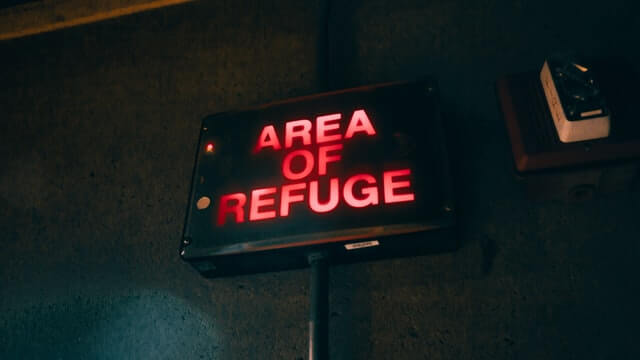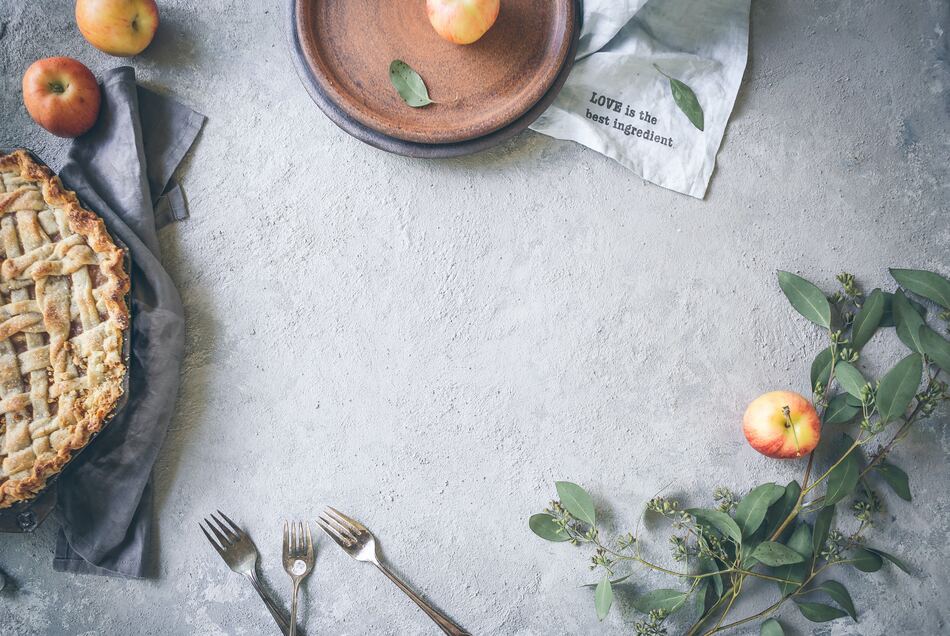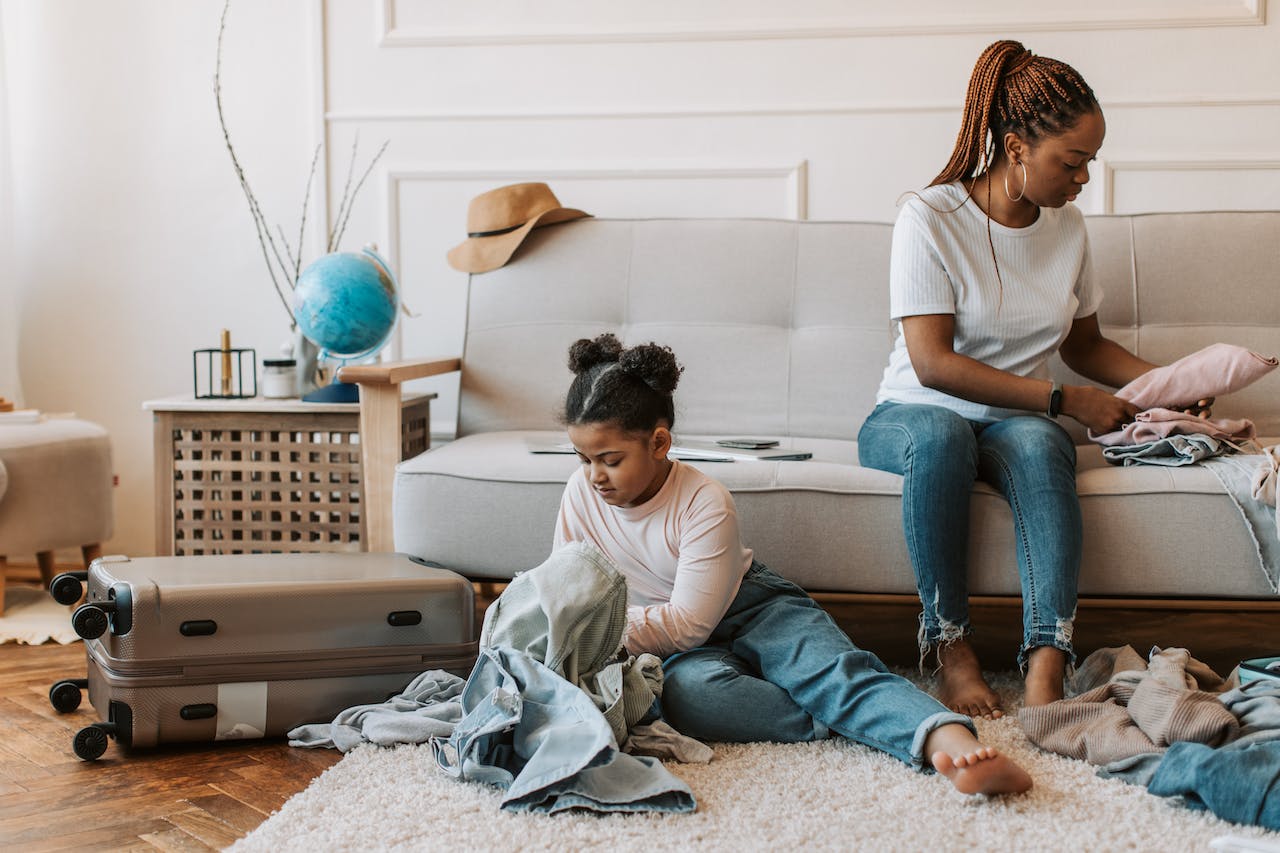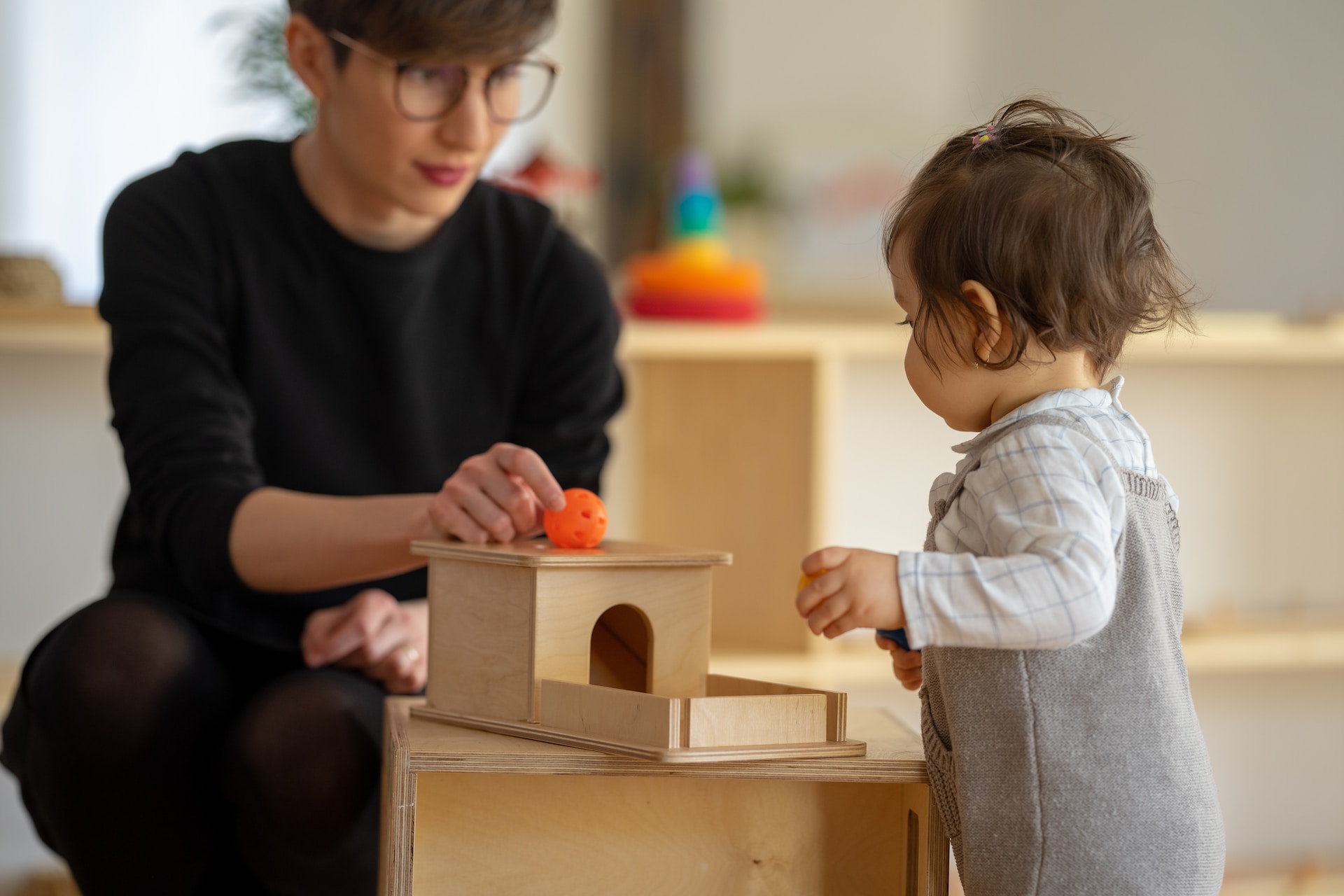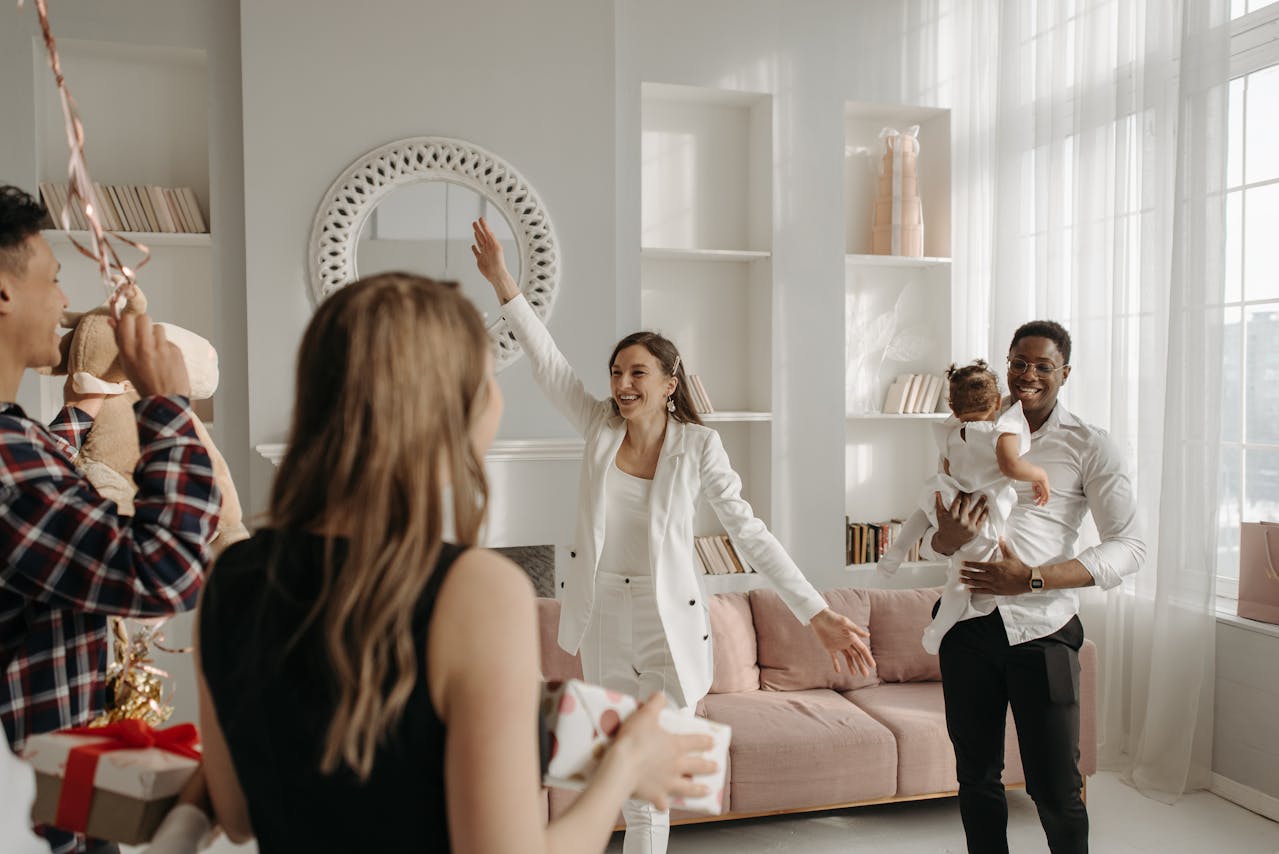Reinforcing security at home is paramount today; in today’s world, anything can happen, so it is essential to be prepared for any emergency, whether a natural disaster or a global pandemic.
And this is why we approached the experts, who helped us by giving us some advice and tips to be prepared in case of an emergency.
How outdoor security cameras can be your home’s first line of defense in any crisis?
I always say that if you can only do one thing to upgrade your home’s security, make it an outdoor security camera. These devices are all-in-one powerhouses when it comes to putting eyes (and ears if you have a two-way talk) on what’s happening from your front porch to the back deck.
An outdoor security camera with push notifications that go straight to your phone alerts you to any action on your property—whether it’s someone dropping off a package or a creeper scoping out your car, your kid’s bike, or sneaking a peek at the tempting items you’ve got behind the front door. Even though some bad actors, like porch pirates, seem cavalier about cameras these days, most burglars say a visible outside camera will make them think twice.
On top of letting you know, that there’s something afoot, cameras with two-way talk let you take charge of the situation. You can tell the delivery person where to leave your package to keep it safe or you can shoo away suspicious strangers—even if you’re in your office across town instead of in your recliner at home. This feature is also great to greet kids if they have to come home to an empty house after school.
But these helpful security tools don’t stop there. You can also use outdoor security cameras during an emergency like a fire or if you’ve literally fallen and can’t get up. If you end up unable to make it to the front door, you can communicate with emergency responders to let them know where you (or other household members) are and how they can get inside the house. For those who live in areas with extreme weather, you can use the feed from your outdoor cam to check in on your property if you need to evacuate.
And those push notifications to your phone, with live video of what’s happening, give you all the info you need to call for help if someone’s up to no good. That footage can also be used to help law enforcement find and convict perpetrators later. Plus, it alerts police to patterns and trends in property crime so they can determine if your neighborhood is being targeted.
You can also get outdoor security cameras that work on their own or as part of a home security system, which gives you the extra reassurance of 24/7 monitoring by pros. But, in my experience, an outdoor camera on its own is a highly effective first line of defense in most crisis situations that land at the front door.
Rebecca Edwards at Safe Wise
What should you think about Home Fortification?
When I think of home fortification it is always from the lens of buying time. In the case of a burglar when I am not home, I want them to walk away without gaining access. If I am home, I want my home fortification preps to give me time to get a firearm and prepare to deal with the threat.
I do not look at any structure that I have or could build as being an impenetrable fortress that would hold off a horde of rioters or some gang. With enough time, a dedicated force will get into your home or destroy it with you inside.
Statistics show that the most common entry points for bad guys are doors, so they are the most logical places to reinforce. Reinforcing these entry points will give you additional time to react. Wood doors, especially hollow core wooden doors are less resistant to physical abuse than steel doors. In the US, this is not a solid steel door, it is steel panels wrapped around a frame, but this is a better skeleton for you to start with.
Steel replacement doors are relatively cheap and if you do not add a lot of glass to them (~ $200), they are a better choice for home security. They will last longer as well. Now that you have a steel door, it is time to really address the problems with doors in the first place. A modern American door with a deadbolt is mounted on hinges with screws normally no longer than 1 inch long. The deadbolt and lock mechanism are routed into the door leaving no more than ¼ of the door surface left on either side usually.
Door Armor (formally EZ Armor) is a simple to install aftermarket set of thin steel braces that dramatically increase the amount of punishment your door can take by reinforcing the weak points. There are covers for the hinge plates, the lock cores, and the jamb itself along with 3 ½ inch screws. I installed this on our exterior doors and the process was quick and painless. Now we have a door that is much harder to breach with normal means and your home and family are safer.
Pat Henry at The Prepper Journal
What options do we have as Panic Rooms when we can’t build one?
Most people probably don’t need to build a dedicated panic room, nor do they need a hidden room. Not only is it expensive to build, but you end up dedicating a lot of floor space to a room that you will (hopefully) never use.
Instead, it often makes more sense to convert an existing room into a panic room. Interior bathrooms are good choices because they already have plumbing – an important feature if you were ever to be holed up inside for hours. If you are on a budget, focus on simple-but-effective upgrades to the room, like installing a security door that opens inwards so you can get inside faster. Ballistic fiberglass can be added to walls to reinforce them.
Basements are sometimes recommended as panic rooms because they already have thick, bulletproof walls. However, it’s important that you choose a location for your panic room that is easy to get to. If an attack occurs while you are sleeping on the second floor, it’s unlikely you’ll get to the basement on time. If possible, make a panic room on each floor so you can access it quickly.
No matter how simple or elaborate your panic room is, it’s important that you keep some basic supplies there. You’ll need a phone – and a way to keep it charged – so you can call for help. You’ll also need a portable toilet, water, nonperishable food, a first aid kit, flashlight, and comfort items if you have children.
Diane Vukovic at Primal Survivor
Where is the best place to have a secret room and a secret exit at home?
Many of my secret passageway clients ask my advice regarding just where in the house the secret door should go. This is an important decision that has cascading effects for the rest of the project so we start by asking the clients about their particular use cases. This will enable us to make the best possible recommendation. For example, many clients want their secret space to be very near to the master bedroom because that area is easily accessible in an emergency. These rooms often serve a dual purpose; both as a place to go for safety in the event of a home invasion as well as a place to store weapons, so being able to access the secret room in a hurry is a huge plus. In these cases, we usually help the clients choose a camouflage style that will look natural in either a master bedroom or a master closet such as a full-length mirror, an armoire, wardrobe, dresser, or shoe rack.
Another client, however, plans on using their secret space primarily as a place to store valuables and they may already own a heavy safe that they don’t want to move. Meanwhile, it’s becoming common knowledge for both clients and burglars alike that even the best safes can be breached quite easily using very simple techniques learned on Youtube. Therefore hiding the very existence of the safe is now more important than ever. Basements are popular locations for this use case, and we often find ourselves suggesting camouflage techniques that are more appropriate to the environment including brick or stone walls, entertainment centers, bookcases, wainscoting, fuse/equipment boxes, and pool cue racks.
But the purpose of the secret room is not the only factor that merits consideration when choosing the secret door’s location. Often the location is dictated by the floor plan itself, especially in the case of a remodel, where awkward or difficult-to-use spaces usually exist. We can cover over an awkward nook or subdivide an existing closet or bedroom and then put a secret door there that allows the client to make full use of the space.
Finally, one of the most important factors to consider is cost. Our business is separated into 2 divisions, where one division (called “Creative Home Engineering”) does highly customized projects that tend to be relatively expensive, while the other division (Hiddendoorstore.com) focuses on more repeatable designs that can offer the same great camouflage at a much lower price point. So if the client only has a few thousand dollars to work with then we know right off the bat that we’ll probably be using one of our predesigned secret door systems. These include a bookcase, shoe rack, full-length mirror, or framed piece of art. In this way, the budget can drive the camouflage, and the camouflage intern drives the location where the secret door should go.
Steve Humble at Creative Home Engineering
How much food do you need to survive an emergency or crisis?
When it comes to prepping you need to make sure your food store is sufficient to maintain your family for a necessary period of time. Some popular time frames include 2 weeks, 1 month, 2 months, 3 months, 6 months, or 1 year.
It is important to remember that your recommended daily calorie intake depends on a number of factors including age, size, height, sex, lifestyle, and overall general health.
An average recommended daily calorie intake for a US male is around 2500 calories and for a US female is around 2000 calories.
This is obviously ideal when you have access to a full range of food items. Should the worst happen you no longer have a steady food supply then you would want to know how much you need to survive.
In order to avoid starvation the minimum calorie intake, the average person should maintain is 1200 calories a day.
The best way to figure out how much food you need per person is to use a food storage calculator. Using one of those gives you an exact idea of how much food you need.
How to choose Panic Room Windows and Walls?
- Construct the panic room’s walls out of materials that can withstand force entry and firearms. If you are retrofitting an existing home, it may be hard to construct concrete walls. This is no problem; there are great retrofit options. We offer ballistic panels made out of fiberglass or Kevlar.
- These panels are relatively easy to install and are cost-effective. Unlike steel, contractors can cut them on-site to fit the room’s nuances. The material doesn’t interfere with Wifi and cellular signals. Panels come in a variety of bulletproof and forced entry-resistant levels.
- Often clients select a room without windows – such as a closet or basement area – but many of our clients have windows in their safe room. For example, when a panic room doubles as a bedroom or home office, there are usually windows present.
- Ballistic and blast windows can replace existing annealed windows to provide an equal protection level as the room’s other security features. The most cost-effective ballistic windows are fixed assemblies, usually called “picture windows“. Generally, windows of these types are fixed and inoperable. However, we offer some of the only operable bulletproof windows, which some clients desire for ventilation and escape route purposes.
Penny Montague at PDM Self Defense LLC
Why do people look to build a bunker or panic room?
The idea of a bunker or panic room is not new. It has been around for decades in the form of fallout shelters and bomb shelters. In some countries, after 1914, it was kind of standard to have a special room in the basement. For example, in Germany, you still find a “Schutzraum” in many basements of older homes. They usually have really thick walls and a heavy iron door that can be safely locked from inside. If they have a window, also that can close with a heavy shutter. Some even still have the old sign that states how many people the room is suitable.
Nevertheless, it is not purely out of nostalgia that they are becoming very popular these days.
People look to build a bunker or panic room for many reasons. Now, with the rise of war and terrorism, people are looking to build bunkers to protect themselves from these threats. Or if they live far away from their neighbors, they might be afraid of some sort of intruders.
Some people are preparing for war and want to be safe from the bombs. Others are looking to protect themselves from natural disasters like hurricanes and earthquakes.
And some individuals just want a place where they can hide from their spouse when they get angry! Yes, also that is important.
But seriously: It makes a really cool man-cave too. What a cool place to hang out with your friends to have a few beers – and hey, if the zombie apocalypse strikes at the same time: you have nothing to worry!
Jennifer at listpropertyforfree.com
It is essential to register your panic room with local authorities. If you have to retreat for safety during a natural disaster, they may conduct a survey of registered safe spaces after a disaster to see if anyone is trapped inside. This may also help them respond to a robbery in progress or with a post-incident investigation.
What has to be decided before adapting a room or building is to define if it is going to be designed to prevent theft, a tornado, a flood, etc. since a room in a basement would be terrible for a flood, taking this into account and the advice of our experts you can start planning a panic room.
